Introduction
Tantalum capillaries come with a unique blend of physical and chemical properties. They have carved out critical roles in various high-tech and specialized applications. This article delves into the niche applications of tantalum capillaries and explores the emerging trends that are shaping their future use.
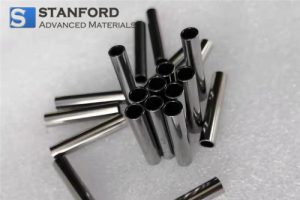
Understanding Tantalum Capillaries
Tantalum capillaries are slender tubes made from tantalum. This highly corrosion-resistant metal stands out for its excellent chemical stability and ability to withstand high temperatures. These capillaries are useful in various specialized applications thanks to their unique properties.
- For instance, in the medical field, tantalum capillaries are used for precision instruments due to their biocompatibility. That’s because they do not react adversely with human tissues.
- Similarly, in the semiconductor and chemical processing industries, they possess exceptional resistance to corrosion by acids and chemicals. They have become ideal for transporting highly reactive or corrosive substances.
- The capillaries’ small diameter and high durability also allow for their use in intricate applications where precision and reliability are paramount.
The manufacturing of tantalum capillaries involves sophisticated processes to ensure they meet stringent quality and performance standards. The metal’s ductility allows it to be drawn into thin, yet strong, tubes without losing its desirable properties.
This process requires precise control over dimensions and surface finish, as any imperfections can significantly impact the capillaries’ performance in critical applications. Furthermore, tantalum’s ability to resist heat and corrosion makes these capillaries suitable for extreme environments.
Niche Applications of Tantalum Capillaries
Tantalum capillaries find their niche in several specialized applications across various industries.
1. Medical Devices and Implants:
Tantalum’s excellent biocompatibility has led to its use in medical implants, such as stents and orthopedic devices. The capillaries, due to their small size and high precision, are particularly useful in minimally invasive surgical tools and in delivering therapeutic agents directly to targeted areas within the body.
2. Chemical Processing Equipment:
The exceptional corrosion resistance of tantalum makes its capillaries ideal for handling corrosive chemicals in the pharmaceutical and chemical processing industries. They are used in equipment like reactors and columns where precision and reliability are paramount.
3. Semiconductor Manufacturing:
In the semiconductor industry, tantalum capillaries play a role in the production of integrated circuits. They are used for precise chemical vapor deposition processes, where their resistance to high temperatures and corrosive gases is crucial.
4. Aerospace and Defense:
The aerospace and defense sectors utilize tantalum capillaries in applications requiring materials that can withstand extreme conditions. This includes sensors and instrumentation that operate in high-temperature and corrosive environments.
Emerging Trends of of Tantalum Capillaries
1. Increased Demand in Medical Technology:
As medical technology advances, the demand for more sophisticated and minimally invasive devices is growing. Tantalum capillaries are at the forefront of this trend, offering new possibilities for medical implants and diagnostic tools.
2. Nanotechnology:
The field of nanotechnology is expanding, and with it, the potential applications for tantalum capillaries. Their use in nano-sized devices and systems, such as nano-pumps and nano-reactors, is a promising area of development.
3. Sustainable Energy Solutions:
Tantalum capillaries are finding roles in sustainable energy technologies, such as hydrogen fuel cells and batteries. Their corrosion resistance and durability are valuable in these applications, which require materials that can endure harsh conditions and contribute to energy efficiency.
4. Advanced Manufacturing Techniques:
Emerging manufacturing technologies, including 3D printing and advanced machining, are opening up new possibilities for tantalum capillary production. These methods allow for more complex designs and can potentially lower costs, making tantalum capillaries accessible for a broader range of applications.
5. Research and Development:
Ongoing research into the properties and potential uses of tantalum is leading to innovative applications for its capillaries. This includes their use in advanced scientific instruments and experimental setups in physics, chemistry, and materials science.
Conclusion
Tantalum capillaries are integral to several cutting-edge and critical applications across various industries. The ongoing developments and trends suggest that their role will only grow, driven by advances in technology and an increasing demand for materials that can perform under challenging conditions. As such, tantalum capillaries will continue to be a focal point of innovation and application in the years to come.
A wide array of tantalum capillaries is available for purchase at Stanford Advanced Materials (SAM). SAM prides itself on its ability to meet specific customer needs through custom-tailored solutions. If you’re interested in exploring our tantalum capillaries or have specific requirements, please reach out with an inquiry.
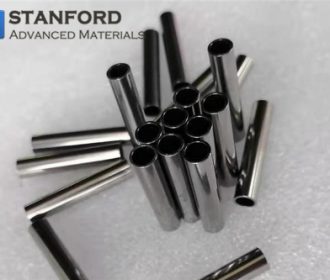
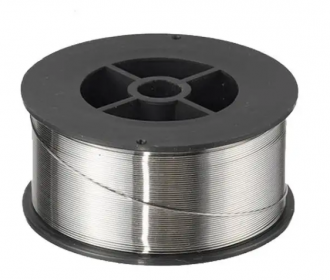
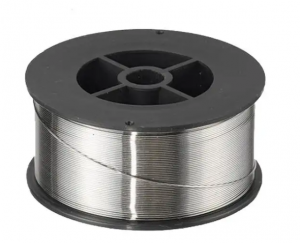
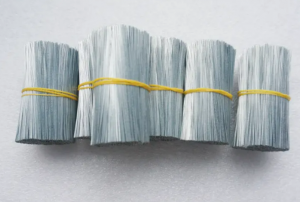
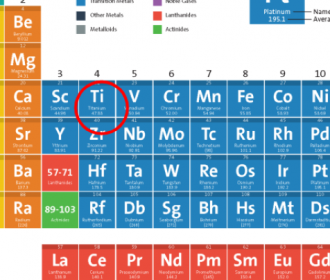
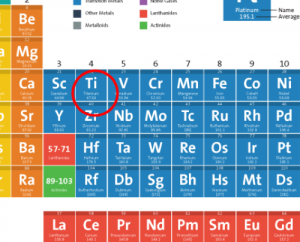
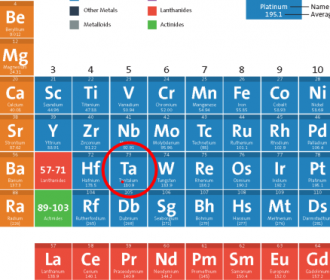
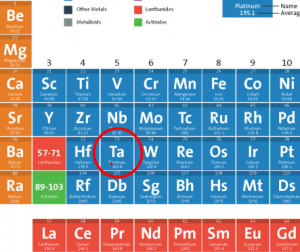
Recent Comments